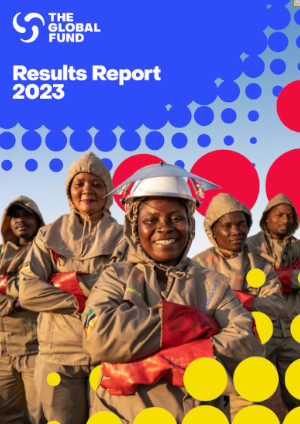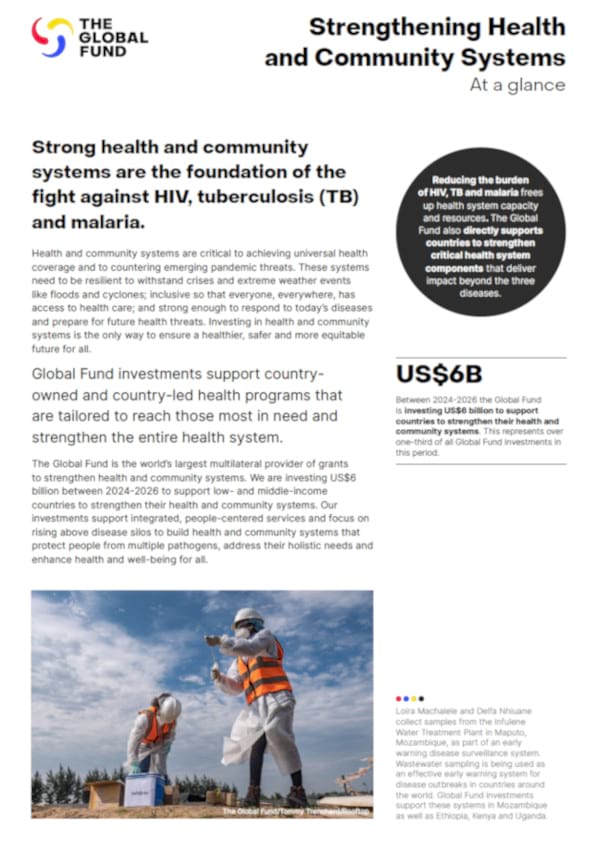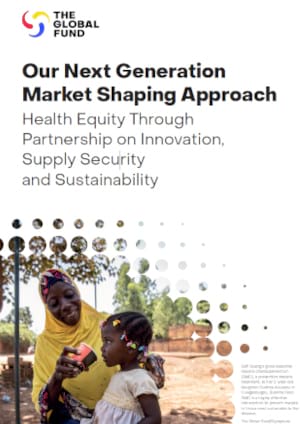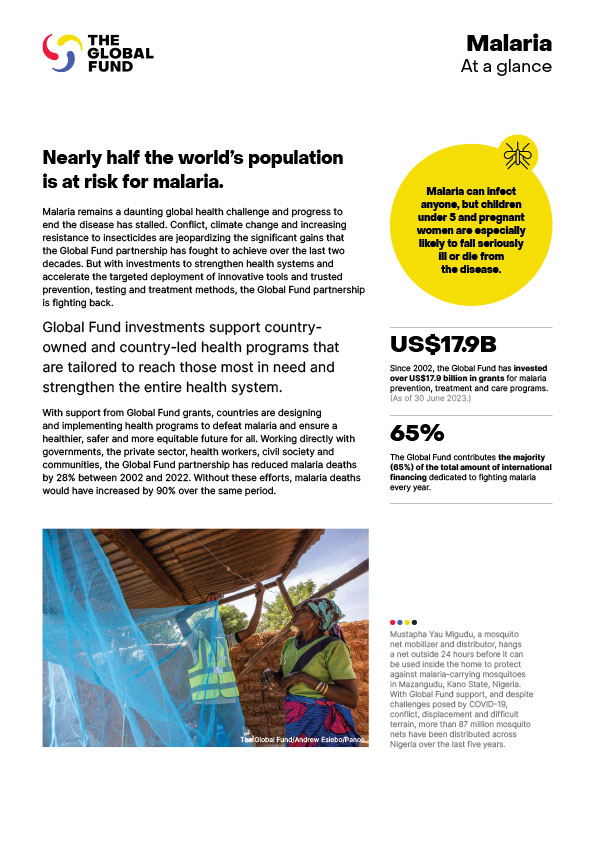

Ending AIDS Among Children Can Be An Inspiration Toward Ending All Preventable Deaths Among Children
In a world where those with less power and privilege are often forgotten, the welfare of children stands out. Even though they cannot advocate for themselves, or perhaps because of this, the world hasn’t done enough to stop preventable deaths among children. More than half of these deaths are due to conditions that could be easily prevented or treated through better access to health care and improvements to children’s quality of life.
Consider the current state of the global HIV response. It is unacceptable that at a time when we have the science and tools needed to end the HIV epidemic, close to half of the children infected by HIV globally – nearly 700,000 of them – are not getting the treatment they need to live long, healthy lives. When we talk about people left behind in the fight against HIV, this is what we mean. Due to gaps in early diagnosis, the failure to offer rapid linkage to treatment, and the lack of sufficient child-friendly treatment regimens, hundreds of thousands of children are suffering from AIDS-related illnesses. In 2022, 84,000 children died of this preventable and treatable disease.
Now is the time to achieve an AIDS-free generation. We can stop these children from dying from HIV. That we are failing to make it happen is indefensible, and a breach of fundamental human rights. We must invest in children and accelerate the deployment of innovative life-saving drugs to prevent and treat HIV among children and mothers wherever they are. And we must tackle the systemic inequities that render children more exposed and vulnerable to such deadly diseases.
There is no reason why any child should be born with HIV today. We must move faster to ensure that all children have access to the latest antiretroviral drug regimens, based on dolutegravir, which improve clinical outcomes, are highly tolerable, and are available in many countries as low-cost generics. We must increase investment in prevention programs to prevent vertical – or mother-to-child transmission of HIV. There has been great progress globally in providing antiretroviral therapy to pregnant women living with HIV. From 2010 to 2022, access to treatment for pregnant and breastfeeding women living with HIV increased from 48% to 82%. Yet that still means that 18% of these women did not have such access to care leading to approximately 130,000 children under 5 being newly infected with HIV last year. Half of all infants infected with the virus are likely to die before their second birthday if they do not receive treatment.
Expanding HIV testing and counseling services for pregnant women is the first step in preventing vertical transmission. Providing high quality HIV treatment, care, and counseling to women with HIV and their newborns is the second. We have great examples of the progress that can be achieved. Since Cuba received validation for the elimination of vertical transmission of HIV in 2015, more than a dozen other countries across the world have achieved that feat. We can end AIDS among children.
Yet we must also go beyond HIV to confront all the major killers of children today. Across the world, infectious diseases, including tuberculosis, pneumonia, diarrhea and malaria, along with pre-term birth complications, remain the leading causes of death for children under 5 years.
Stopping these deaths will happen if we systematically invest in health systems and interventions that focus on improving prevention and treatment outcomes for children and their families. The global health community must work together to ensure that all health services provide an accessible entry point for children while also ensuring that the newly designed models of care work for children and their families wherever they live. Above all, we must unflinchingly pursue affordable access to innovative tools that can serve the needs of all children and mothers.
A world where every child enjoys the highest attainable standard of health is possible. Both the Global Fund and the Elizabeth Glaser Pediatric AIDS Foundation are committed to achieving this goal, knowing that preventing new HIV infections and AIDS-related deaths among children can be one of the low-hanging fruits. Ending AIDS-related deaths among children will not only save tens of thousands of lives each year, but it can also be an inspiration for a future where no child dies from preventable and treatable causes. So, we must ask ourselves: When we can end preventable deaths among children, why wouldn’t we?
This op-ed was first published in Forbes.







